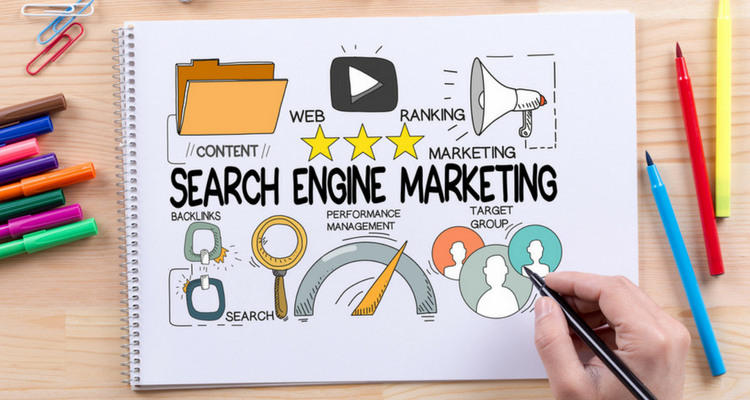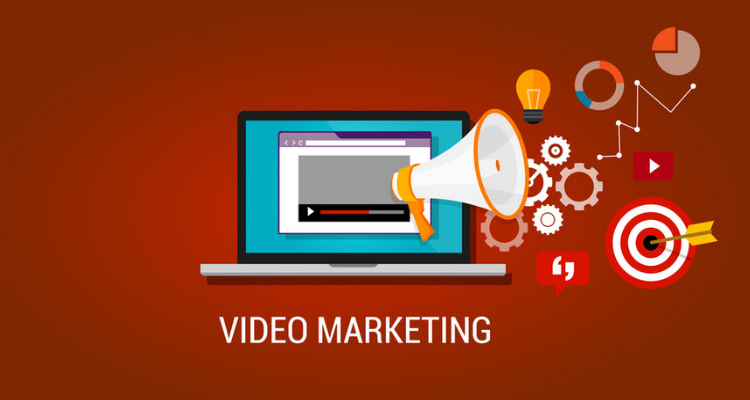Donna Moritz is a social media strategist and visual marketing specialist based in Queensland, Australia. She’s passionate about word of mouth marketing and content strategy and she loves visual social media. Her blog, Socially Sorted, won the Best Australian Business Blog for 2014, and she is a regular contributor for some of the biggest business and social media websites in the world, including Social Media Examiner and Entrepreneur Online.
Visual Connectivity
According to Moritz, human beings are hardwired to engage with images from the moment we are born. We’ve been doing this for centuries: right back to when the Egyptians hand carved hieroglyphs onto the walls of the pyramids to tell their stories. So, naturally, we engage with them much faster than written content; it takes us just 13 milliseconds to process an image. This means that we make decisions, based on visual content, very quickly.
And the social media stats prove it: Facebook has 350 million photos uploaded daily; a Tweet that includes an image is twice as likely to be retweeted as one without; and people using Pinterest are 15 times more likely to buy a product than Facebook users.
Blogging and Visual Content
Mortiz tells us that, as bloggers, we all need to be creating visual content that lives on our blogs. After all, as the saying goes,
“Don’t build your castle on the shifting sands of social media. Build it on the strong foundations of your blog.”
Moritz encourages bloggers to think of visual content as the Tardis of their blog (as in the Dr Who Tardis – it looks small from the outside, but underneath its chock full to the brim with content). Readers are still looking to click through to awesome written content from visual content. So, you need to make sure that there is some substance behind the pretty pictures that you share on social media. You need to be sure that your visual content is taking readers back to your blog, back to your strong home-base.

Image courtesy of http://sociallysorted.com.au/
Tips for Visual Content Creation
- The biggest, most important piece of advice when it comes to visual content: ensure that it is new, that it is original. Create new content for people to share. Don’t be just the same as everyone else. Create differently.
- f you want to talk to people while they consumer their entertainment, then you have to actually be their entertainment. So, try to think natively about how people are using content on different platforms. Take your readers with you on the journey.
- Quotes and funny photos work well on Facebook, because when people are on Facebook, they are usually connecting with friends and family. They are looking for nostalgia, humour, light entertainment.
- Make visual content snackable. Visual content should be just a quick snapshot of the more detailed content available behind it. It should be easily processed, and digested.
- When creating visual content, think about it from the perspective of your audience: if I click on this image, how will it improve my life, or entertain me? Be useful, not just pretty.
- Be clear on where you are sending traffic when someone clicks on your visual content. If you don’t, they’ll end up on someone else’s blog.
- Remember that reach means nothing without the attention of the eyeballs.
- Content that is perfect for sharing in a visual form includes quotes, tips, how tos and checklists.
Visual Content Creation Tools
According to Moritz, her top three essential image creation tools include:
- For use on a desktop or laptop: Canva and Picmonkey
- For use on a smartphone: WordSwag and LIttle Moments App on iphone and Over on iPhone and Android.
- For Infographics: Piktochart. This tool has a whole swag of templates that can be easily customized for colour, images, branding, logos and style and layout.
Take Action
Mortiz encouraged the bloggers in the audience to take some action as a result of her incredibly insightful presentation:
- Start by doing a Pinterest source check. You can do this by simply Googling www.pinterest.com.au/source/thenameofyourwebsite.com
- Think about visual content differently. Work out exactly how you can start creating even one type of original visual content. This might be just one image per day, or an infographic, or a presentation on slideshare. Whatever that piece of content is, be sure to think of it in terms of how it can be useful to your audience and how it will drive traffic to your blog.
- Visit your website and your blog, pretending that you are a reader. Visit it both from a desktop, a laptop, and a mobile. Is it easily navigable (particularly on a mobile device)? Is the content easy to share? Do your social media sharing buttons actually work?
- Start experimenting a brand new tool. You could choose Canva, PicMonkey, or WordSwag. Use them to create an original image or two, and then share these on your blog. Monitor the response, and the sharing momentum. See how far they go.
- Step back, take a deep breath and try to work out what the special spark of your blog actually is. What is that your readers respond to? What do you most enjoy? Focus on those topics and work how you can generate some visual content in these areas.
Chris Burgess
Latest posts by Chris Burgess (see all)
- Google Penguin Now Realtime and Part of Core Algorithm - September 24, 2016
- Changes Detected in Google SERPs in Early September - September 6, 2016
- Marketing Conferences and Events October 2015 - October 1, 2015







